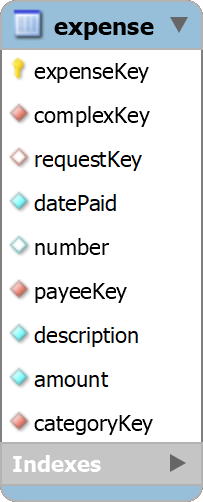I often create unified modeling language (UML) diagrams to design and
document computer programs and systems and to communicate with my
students and clients. Because I use the UML diagrams to document and not
just design, I want to be able to make changes to my diagrams and print
them for many years after I first create them. On many occasions, I have
spent substantial time creating a diagram using open source or other UML
diagramming tools only to find that I cannot change or print the diagram
one year later because the latest version of the diagramming tool that I
used is not backwards compatible. This has caused me substantial rework
and frustration.
Microsoft Visio is a powerful diagramming tool that includes support
for UML 2.0 diagrams. It is a stable tool that is backwards compatible
with previous versions and consistently produces professional looking
diagrams. Quite simply, Visio works version after version, which is not
true of many other UML diagramming tools. Unfortunately, Visio does not
include support for Java or JavaScript. It does not include the native
Java and JavaScript data types or any of their API classes and will not
reverse engineer Java or JavaScript source code to create UML class or
sequence diagrams. Also, Visio will not produce Java or JavaScript
classes from UML class diagrams. In spite of it not being able to read
or write Java and JavaScript code, I have adopted it exclusively for all
of my UML diagrams because Visio always works.
Since I often write programs in Java and JavaScript, I have created
two Visio files,
JavaAPI.vsd
and
JavaScriptAPI.vsd,
that contain Java and JavaScript primitive types and many of their API
classes. Both files are far from complete, but they have saved me much
work when creating new UML diagrams. If I need to design or document a
small program, then I simply add the diagram to one of these files. If I
need to design a large system and create many diagrams, then I make a
copy of the file and create the diagrams in the copied file.
The Java API file contains many classes
from the following Java packages
- java.awt
- java.awt.event
- java.awt.image
- java.io
- java.lang
- java.math
- java.net
- java.security
- java.security.spec
- java.sql
- java.util
- java.util.zip
- javax.crypto
- javax.crypto.interfaces
- javax.crypto.spec
- javax.swing
The JavaScript API file contains the
following classes
- Array
- Boolean
- Date
- Math
- Number
- RegExp
- String
 primary key
primary key optional foreign key
optional foreign key required foreign key
required foreign key optional attribute
optional attribute required attribute
required attribute
 zero or one (optional)
zero or one (optional) one and only one (required)
one and only one (required) zero or many (optional)
zero or many (optional) one or many (required)
one or many (required) zero or one (optional) to zero or one (optional)
zero or one (optional) to zero or one (optional) one and only one (required) to zero or one (optional)
one and only one (required) to zero or one (optional) zero or one (optional) to one and only one (required)
zero or one (optional) to one and only one (required) one and only one (required) to one and only one (required)
one and only one (required) to one and only one (required) zero or one (optional) to zero or many (optional)
zero or one (optional) to zero or many (optional) one and only one (required) to zero or many (optional)
one and only one (required) to zero or many (optional) zero or one (optional) to one or many (required)
zero or one (optional) to one or many (required) one and only one (required) to one or many (required)
one and only one (required) to one or many (required)